Description
In the present book, Mikhail Sergeev invites us to revisit the mystery of the Cross as it is presented through the medium of modern art, specifically visual art. He also emphasizes the radically new nature of such representations. Starting in the nineteenth but mainly in the twentieth century, the genre of the Crucifixion came to keep transcending all canonical and theological boundaries. Sergeev states that following the zeitgeist and the anthropological paradigm shift of modernity, “the crucified Christ became a social emblem, a symbolic expression, and redemption applied to everybody beyond confessional difference, gender, race or social status”.
The most vivid horror of human pain and death, the Crucifix has grown into the icon of human suffering at large. Sergeev brings to our attention the awareness of one of the artists who understood this, a German Expressionist, Otto Dix. As recorded by the art critics, Dix shared his impression of dread at envisioning the deadly torments of a crucified person: “When you read a detailed description of a crucifixion… that is so horrible, awful. How the limbs swell up… How the person cannot breathe. How the face changes color. How he dies a horrible, utterly horrible death”.
—Rev. Michael A. Meerson, Ph.D.
…The present volume results from my teaching experience at the University of the Arts in Philadelphia. For a quarter of a century, I have offered courses in religion and the arts to my students, who represent various creative disciplines. My teaching responsibilities included standard curriculum courses in world religions, Asian spiritual traditions, and an introduction to the Bible. I also taught the history of modern art, which was part of a required program for all incoming freshmen. This yearly course was called Nineteenth and Twentieth-Century Modernism, and it included sections on painting, sculpture, architecture, music, literature, theater, and film.
After several years of teaching, I embarked on creating courses that would merge the study of religion and the arts. I had already used this strategy in my lectures on the Bible and world religions, which I heavily illustrated with examples from church frescoes, biblical paintings, and other sacred art forms in different faiths. I planned on developing a course about the founders of great religions through examples from music, literature, and film using a three-act opera by Arnold Schoenberg, Moses and Aaron, the novel by Herman Hesse Siddhartha: An Indian Poem, and a movie by Martin Scorsese, The Last Temptation of Christ. I was also preparing a course about the central story of the Christian faith and the New Testament: The Crucifixion of Jesus. Because of its frequent depiction in Christian sacred art, the idea was to study the biblical Gospels and non-canonical sources of Jesus’ death and resurrection…


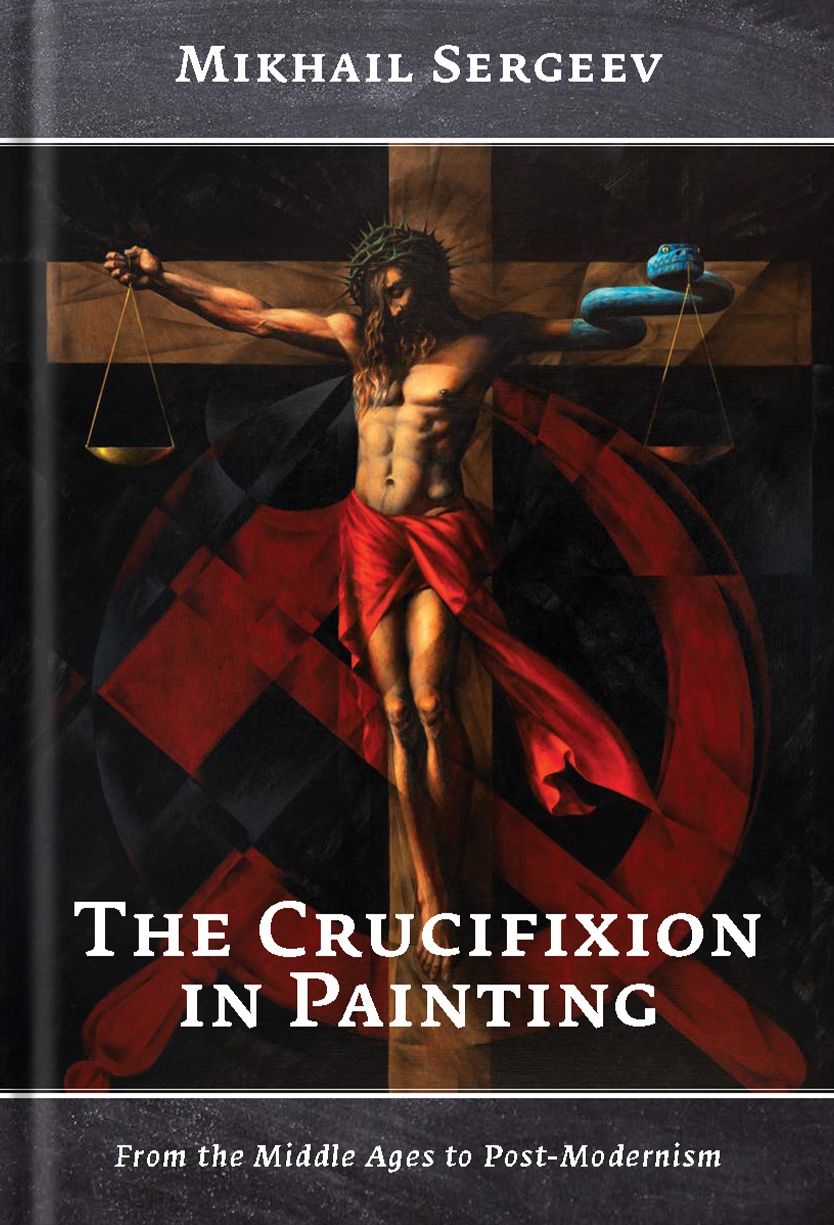
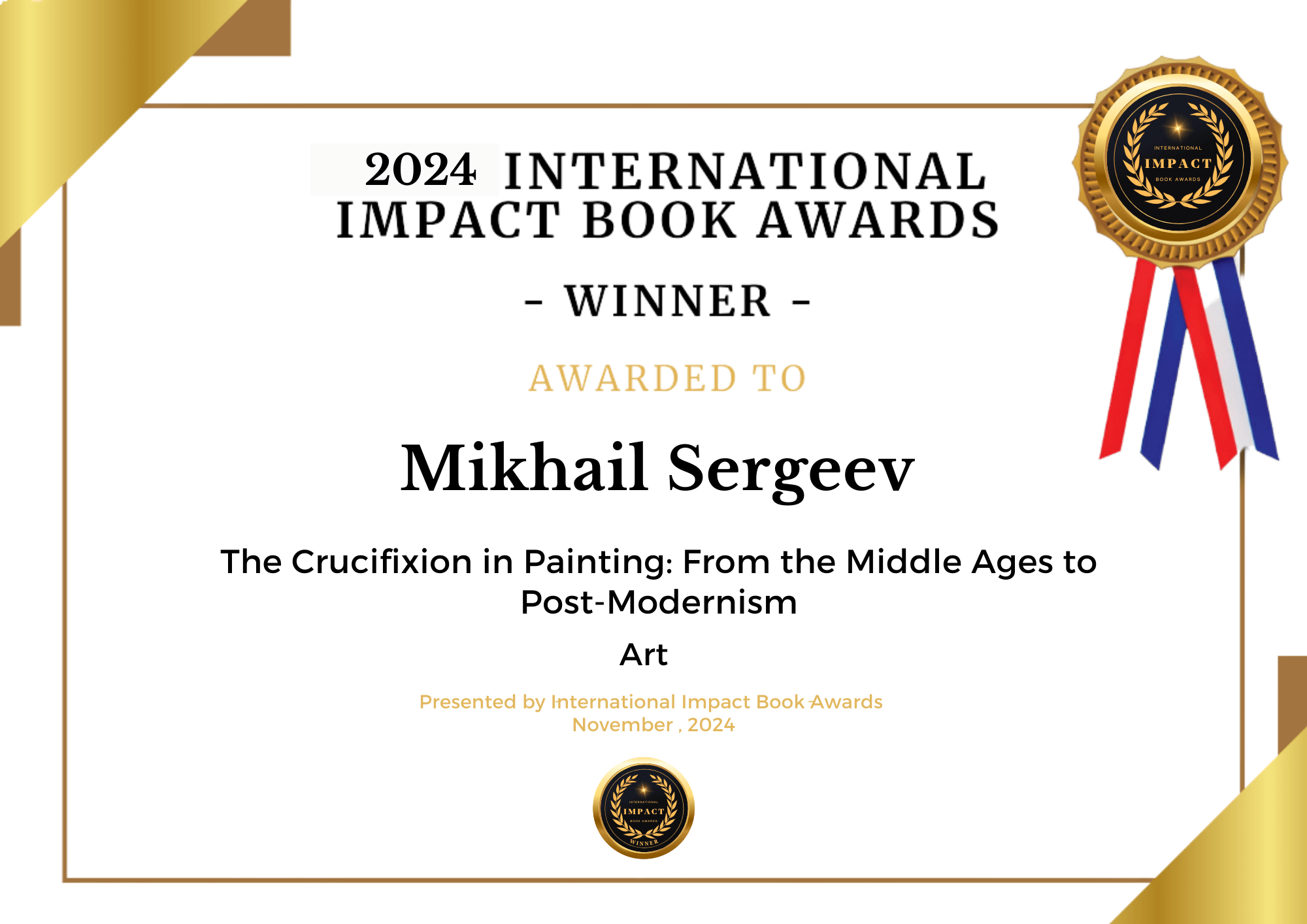




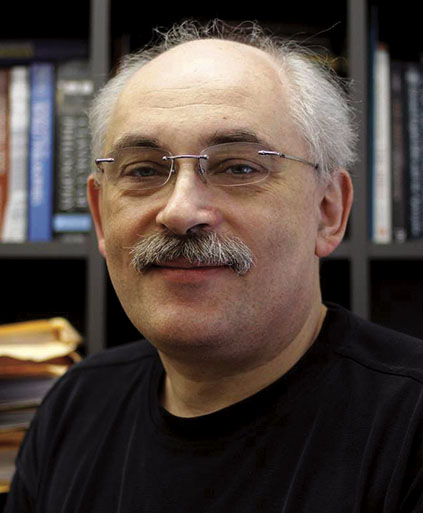 Mikhail Sergeev (b. 1960) — Ph.D. in religious studies from Temple University, 1997 — is a religion, philosophy, and modern art historian. He has served as an editor of the book series Contemporary Russian Philosophy at Brill Publishers in the Netherlands (2016–2019) and as Chair of the Department of Religion, Philosophy, and Theology at the Wilmette Institute (2017–2021). Sergeev teaches courses in humanities at the University of the Arts, Philadelphia, and the Graduate Theological Union (Berkeley, California). He is also an Affiliate Professor at the United Theological Seminary of the Twin Cities in New Brighton, Minnesota. Sergeev has published more than two hundred scholarly, literary, and journalistic articles in the United States, Canada, Great Britain, the Netherlands, Germany, Poland, the Czech Republic, Greece, Slovakia, Ukraine, Russia, Japan, Kyrgyzstan, Uzbekistan, and Azerbaijan. He is the author and contributing editor of fourteen books, including Russian Philosophy in the Twenty-First Century: An Anthology (Brill, 2020). Web site: http://uarts.digication.com/msergeev/.
Mikhail Sergeev (b. 1960) — Ph.D. in religious studies from Temple University, 1997 — is a religion, philosophy, and modern art historian. He has served as an editor of the book series Contemporary Russian Philosophy at Brill Publishers in the Netherlands (2016–2019) and as Chair of the Department of Religion, Philosophy, and Theology at the Wilmette Institute (2017–2021). Sergeev teaches courses in humanities at the University of the Arts, Philadelphia, and the Graduate Theological Union (Berkeley, California). He is also an Affiliate Professor at the United Theological Seminary of the Twin Cities in New Brighton, Minnesota. Sergeev has published more than two hundred scholarly, literary, and journalistic articles in the United States, Canada, Great Britain, the Netherlands, Germany, Poland, the Czech Republic, Greece, Slovakia, Ukraine, Russia, Japan, Kyrgyzstan, Uzbekistan, and Azerbaijan. He is the author and contributing editor of fourteen books, including Russian Philosophy in the Twenty-First Century: An Anthology (Brill, 2020). Web site: http://uarts.digication.com/msergeev/.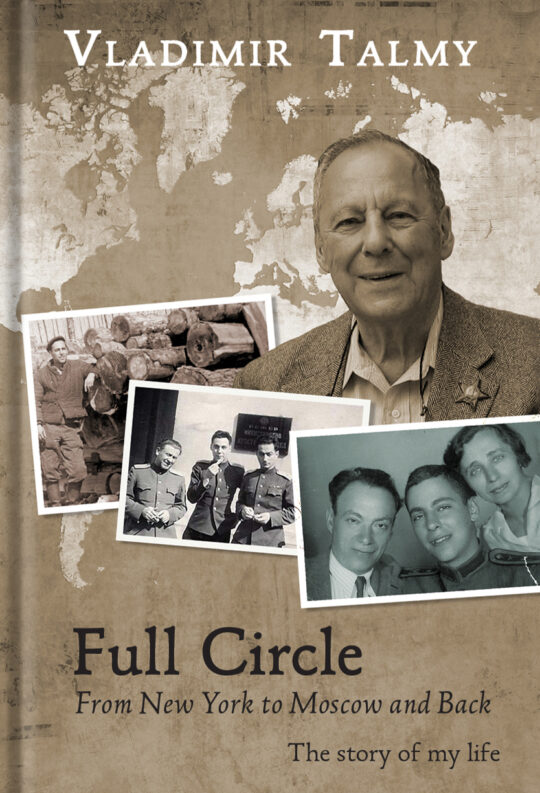
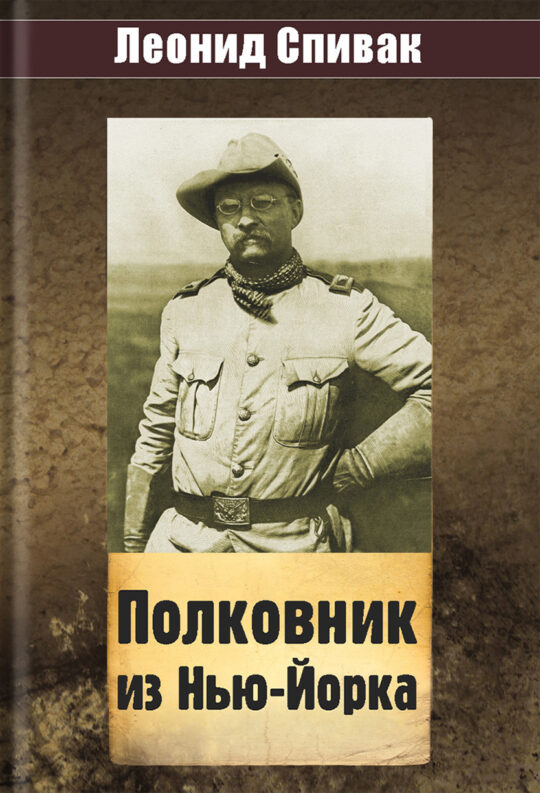
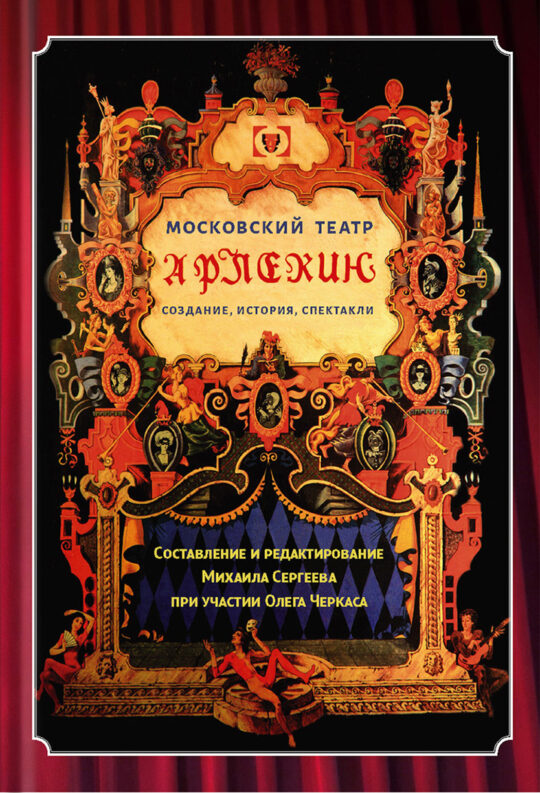
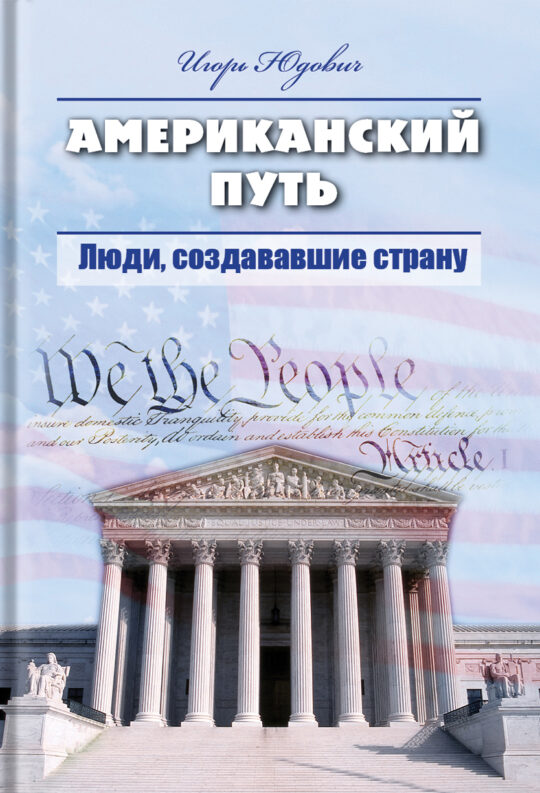
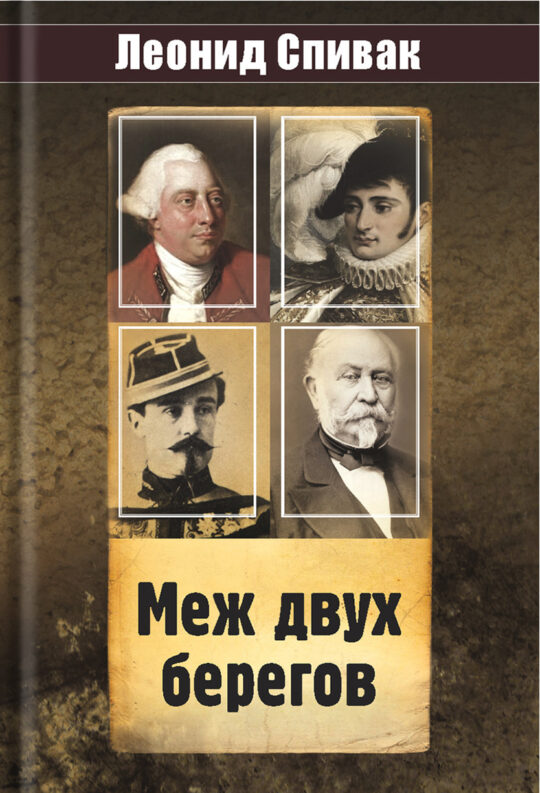

M•Graphics
It can be surprisingly difficult to find a large variety of images of The Crucifixion but, in this volume, Dr. Sergeev does a masterful job of providing readers with intriguing, jargon-free, analyses of an extraordinary variety of such images from the visual arts.
— Dr. Nancy G. Heller, Professor Emerita, University of the Arts, Philadelphia.
Thorough and unique book covering interesting subject of religious art, specifically crucifixion. From the story of the Crucifixion and traditional Christian art to the the crucifixion in modern art. Its a work of a scholar but presented in an engaging manner for an ordinary reader. The book organized chronologically and has over 50 color images and even current location of the artworks. I particularly enjoyed reading many quotes included in the book and the chapters on Picasso, Chagall, Dali. Well done!
— Richard J Hageney.
I have had the distinct pleasure reading Dr. Sergeev’s latest book, which is masterfully written by a scholar, yet is a very accessible and at the same time a thoroughly fascinating read. Having been introduced to this book after a recent trip to Rome and the Vatican, I only wish that I had it with me during the tours of museums and the galleries, as it would have made the trip more meaningful. In fact this wonderful book inspired me to reread other works in the same genre, like Dostoyevsky’s “The Grand Inquisitor” and Mailer’s “The Gospel According to the Son”.
— Gregory Veksler.
Prof. Sergeev’s survey is an enlightening consideration of the significance of the central symbol of Christianity. Among its strengths is revealing how the resonance of the Crucifixion continues across the millennia of the Christian traditions and, notably, into the generally secularized postmodern period. This is particularly developed by the numerous beautiful reproductions of a panoply of Western artists’ works on the Crucifixion theme, accompanied by succinct discussion of same. The chronology of the Western artists surveyed, as well as the well-developed list of references, provides a wonderful jumping off point for further investigations and appreciation.
— John R. Thomas.
This is a splendid book. It contains Crucifixion paintings from the fifth century to our postmodern era, 31 from before the Twentieth Century, 24 during and after that century. It serves both as a reference and discussion for scholars and a classroom resource for students. The author’s essays on the paintings, periods, theological and artistic issues are learned and penetrating. Anyone interested in the history of art, Christian religion, or aesthetics should have this book on their shelves!
— Jerry L. Martin.
Dr. Sergeev gives a nuanced, brilliant history and philosophy of the crucifixion, going far beyond art. Yes the art history is wonderful and in fact so well organized that beyond the crucifixion it even gives dates, periods, and representative artists for the major periods and is a great course or refresher on art in general.
In the overarching field of semiotics, dealing with the signs and symbols behind visual (and textual) representation, a symbol can go through a lifecycle if it endures long enough where it evolves from literal to symbolic to trope, parody, meme, caricature and even cartoon or whimsy, which is the case of the suffering and death of a Prophet would be blasphemous and insensitive. Because of this, Dr. Mikhail handles the subject with sensitivity and genius, offering a satisfying and insightful comparative religious view not only of the art, but also the narrative, from Pontius Pilate to antisemitism.
Makes a wonderful gift for any intersection between art, history, philosophy, theology, spirituality, and semiotics. In my field of AI in semiotics, it gives a new and refreshing perspective on the many symbolic aspects Jesus’ sacrifice both for the love of God and the love of humanity, and invites consideration of the martyrdom of many other Prophets and believers from Daniel to the Apostles to The Bab.
— Amazon Customer.
Writing simply about complex things is the privilege of a few and a testament to the writer’s deep knowledge of the subject. The author succeeded in what seems to be an almost impossible task, that is, to tell readers how, for many centuries, the crucifixion of Christ was reflected in painting, from traditional Christian Art to the Postmodern period, while giving brief excursions into the historical, religious and philosophical aspects of this issue.
Each chapter of the book is devoted to a separate direction in painting, where there is a brief but capacious description of the origins, concepts, features of this direction and the names of its most prominent representatives. The text of the book is accompanied by numerous illustrations. All this taken together allows you to refresh your memory of dates, events, names and think about how closely this or that master managed to reveal the topic to which thousands of paintings by the best artists of our civilization were dedicated.
To see the combination of the incongruous, to understand how modern and often shocking trends in painting work out the most traditional theme of world art, to learn new names and historical details—this is only part of the pleasure that awaits the reader who opens this book. Thanks to the author, I wish this book a long and happy life.
— Sergei A. Malinin.
While focusing on the crucifixion of Christ, the book is a concise, clear and complete introduction to art history, explaining the distinctive characteristics of each major movement from Medieval to postmodern; it is also a lively discourse on theological, philosophical and psychological interpretations of the crucifixion. As a minister in the Christian Church (Disciples of Christ), I was drawn to this book because its main theme is crucial to the gospel I am ordained to proclaim. Moreover, I am inspired by biblical passages portrayed in paintings. I like to think that artists who paint scenes based on biblical narratives are interpreters, presenting their own impressions and insights just as a rabbi, imam, or minister might do in a homily or sermon. The artwork the author has chosen together with his commentary portray a comprehensive review of the evolution of the crucifixion in painting during the first two millennia of Christian history. I came away from this book feeling intellectually informed, aesthetically awed and spiritually edified.
Through his discussions of paradigmatic painters and paintings from each era of art history, Professor Sergeev equips novices like myself with a learned lens through which to view and appreciate paintings in their particular art-historical context. I was both surprised and delighted to discover that interpretations of the crucifixion go far beyond the creedal confines of Christianity. Even Jewish, agnostic and atheistic artists have painted the crucifixion as expressions of their own understandings of the historical event. Professor Sergeev’s interpretation of the biblical narratives describing the crucifixion of the historical Jesus is compelling, providing an effective and timely antidote to the rising spirit of anti-semitism. In addressing the question of moral culpability and historical accountability for the crucifixion of Christ, Professor Sergeev insightfully discerns a syndrome of circularity wherein all suspects excuse themselves and accuse one another. He traces the roots of anti-semitism to misinterpretations of biblical references to the anti-Christ, whom Christians misidentified with the general Jewish rejection of Jesus as their messiah. The book is worth the price of tuition for several college courses all rolled into one. Around the nexus of the cross, Professor Sergeev weaves a tapestry of art history, theology, philosophy and psychology.
As a result of reading this book, I feel equipped to enter any art museum in the world and more fully appreciate whatever I see; more significantly, I now have new and profound ways to contemplate the crucifixion of Christ and its diverse meanings to the world.
— Reverend William Allen, Pennsylvania